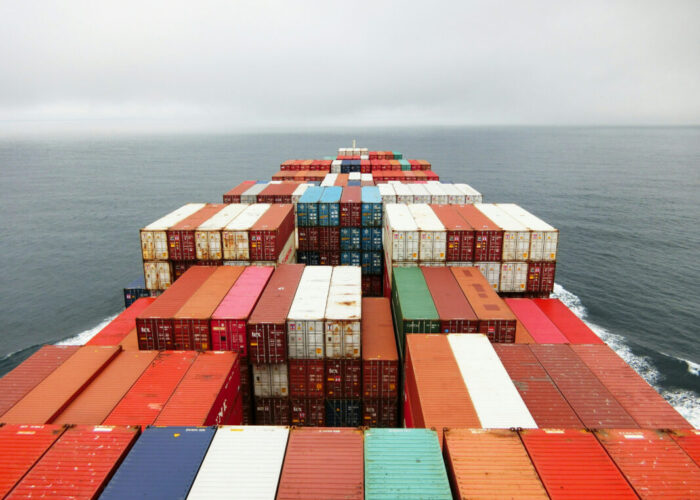A dramatic u-turn by German Chancellor Angela Merkel has been officially proclaimed with the announcement that all nuclear plants in the country will be shut down permanently by 2021. Initially, eight of Germany’s oldest nuclear plants will shut down immediately and the remaining plants will be phased out over the next 10 years. However, three plants could remain operational until 2022 to allow for the possibility of delays occurring in the addition of new energy sources – mainly renewables – as a replacement.
Plants remaining operational through 2022 would remain liable to the nuclear tax introduced last year by the Coalition government. According to investment bank Jeffries International, the cost of this tax to nuclear power plant operators is estimated to be €1.3 billion per annum.
Try Premium for just $1
- Full premium access for the first month at only $1
- Converts to an annual rate after 30 days unless cancelled
- Cancel anytime during the trial period
Premium Benefits
- Expert industry analysis and interviews
- Digital access to PV Tech Power journal
- Exclusive event discounts
Or get the full Premium subscription right away
Or continue reading this article for free
Renewed public hostility to nuclear energy after the Fukushima disaster in March 2011 and Christian Democratic Union party losses in regional elections have seen the Chancellor backtrack over previous plans to extend the operating lives of nuclear plants into the 2030s.
“Our energy system has to be fundamentally changed and can be fundamentally changed,” commented Chancellor Angela Merkel to reporters on Monday. “We want the electricity of the future to be safer and, at the same time, reliable and economical.”
However, the PV industry in Germany has come under increasing pressure to accept continued cuts to the EEG feed-in tariff, which is currently in another review period.
Industry trade associations have criticised rumoured plans to change FiT rules that were just introduced at the beginning of 2011. These rules are based on PV installations completed between March and May, which are designed to cut the FiT on high levels of installations.
Rumoured new proposals would replace the current new system for even higher reductions in the FiT.
However, the Federal Network Agency’s preliminary figures for PV installations for February this year marked a significant drop-off in demand due to the cuts already made in the FiT. Installations only reached 100.85MWp, compared to 266MWp in January – and well below the 163.2MWp installed in the same month a year ago.
Industry trade associations have claimed that there has been too little time to allow the latest FiT mechanisms to work, neither has there been sufficient time to determine whether ot not these mechanisms should be changed again.
Despite the weak number of installations reported in official figures for the first two months of the year, recent quarterly results from a wide number of key PV suppliers have consistently highlighted the weak demand environment in Germany. Furthermore, it was as late as the start of May when demand was finally seen to pick up, suggesting the FiT cuts implemented have indeed impacted installations.
Jeffries International said in an investor note that German utilities have always lobbied against solar. The shutdown of nuclear plants, coupled to recent low baseload electricity prices as solar can generate significant levels of electricity for peak usage times, is adding increased pressure on the government to make further drastic cuts to PV subsidies.
The investment bank expects a flexible feed-in tariff will continue after some revisions, and will include a goal of installations of 3.5GW per annum, which would remain in line with targets already in place through 2020.
However, the complete shutdown of nuclear plants will add further pressure on the PV industry to reduce costs to offset claimed price hikes of electricity over the next decade and beyond.
The goal of the German Federal Government is to support wind energy installations of as much as 25GW by 2030, which supports utility-based energy generation, compared to PV, which has been primarily residential rooftop-based and thus decentralized.





